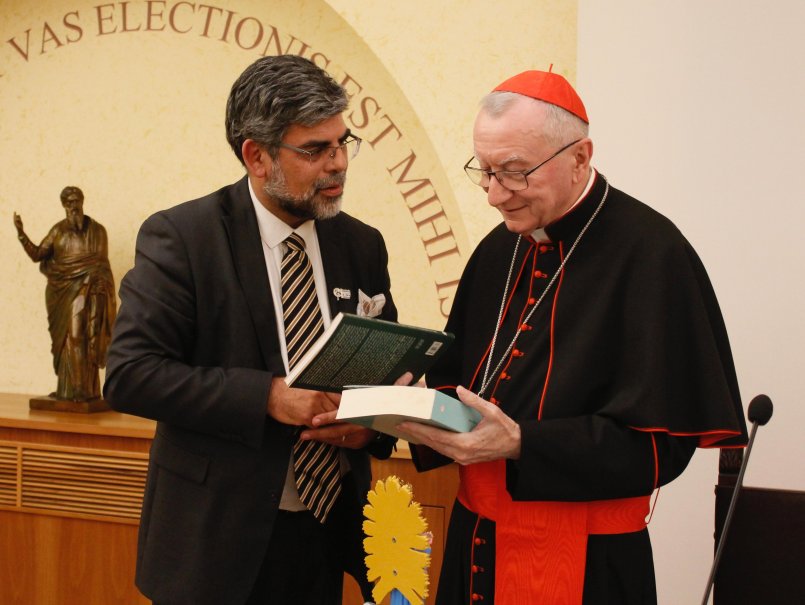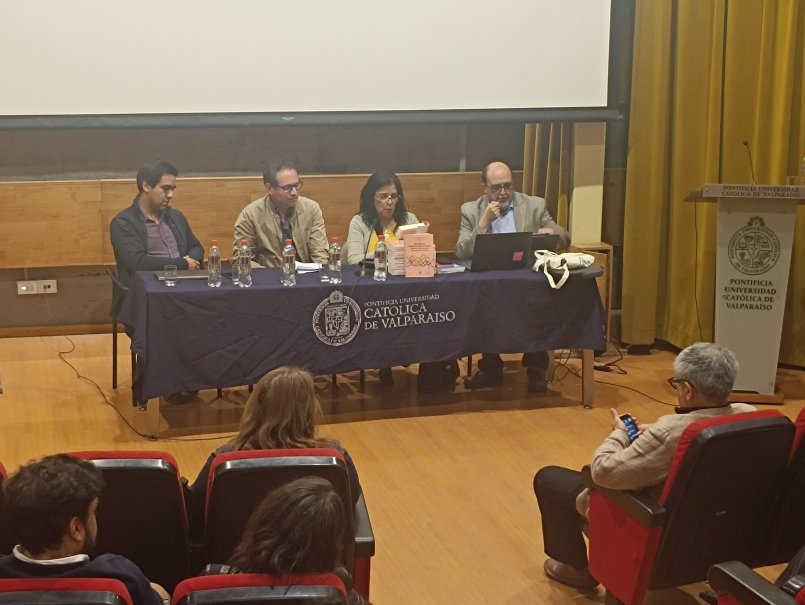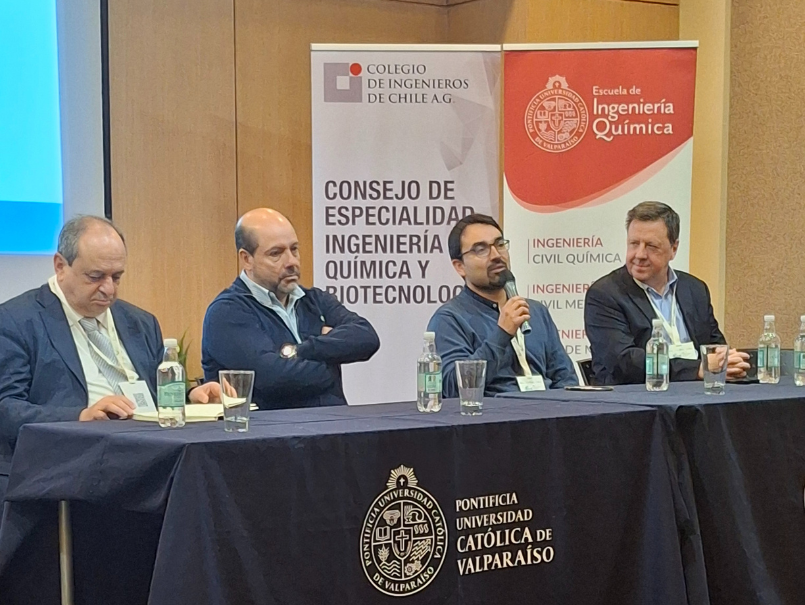
The School of Electrical Engineering is leading a pioneer research that proposes the use of 3D printing for the fabrication of antennas aimed for wireless telecommunications.
This is an ECOS-ANID project that considers a joint work between the PUCV and the École Nationale de l’Aviation Civile of Toulouse. The work is directed by the EIE Scholar Francisco Pizarro, along with his french counterpart, researcher Christophe Morlass.
The goal is to explore the limits of auditive manufacturing – specifically 3D printing – in the production of antennas for its use in land and satellite communications, considering the advantages it offers compared to traditional manufacturing methods.
“3D printing presents two key advantages: first, it allows creating lighter models that better adapt to an environment where volume and weight can be a problem. And second, it significantly reduces manufacturing and prototype development timeframes, allowing to develop multiple devices in little time and test them before having a final version”, Francisco Pizarro, explained. Pizarro is also a scholar at the Electrical Engineering master’s and doctoral programs at the university.
Previous experience in nanosatellite and Internet of things
This is not the first time that the PUCV makes and incursion in the satellite communications field. In 2022, the team led by Professor Pizarro designed and manufactured an antenna for satellite Suchai 3, put into orbit by the Universidad de Chile.
“On that occasion, we designed an antenna for a IoT (Internet of Things) satellite system in collaboration with the Universidad Carlos III in Madrid, which was made in its entirety at our university and sent to space. Thanks to this experience, we consider that 3D printing in these nano satellites can have a great advantage”, stated the scholar.
Regarding IoT, the researcher foresees significant growth of small satellites in low orbits, capable of offering communication services to mobile devices, connecting objects and collecting data in a remote way.
“For example, if we install sensors in a remote forest in the south of Chile to measure humidity or temperature, thanks to the satellite IoT these data can be transmitted to scientists in any part of the world without physical access to the place. This is the type of applications in which our antennas could be used”, Pizarro described.
Strengthening international scientific networks
The ECOS-ANID program promotes interdisciplinary research between centers in Chile and France, fostering mobility among researchers, students and post-doctoral students, as well as Innovation and knowledge transference.
With a duration of three years, the project considers the academic exchange between both countries. Recently, a PUCV student traveled to Toulouse to work alongside the ENAC team on the initial design of antennas, while in November a french doctoral student will hold a placement in Valparaíso.
“For researchers is very natural to establish collaboration networks, independently of where we are physically, because a researcher cannot work alone. Connecting with peers with different visions and experiences, enriches their research”, Francisco Pizarro emphasized.
In this way, consolidation of interdisciplinary network, both at the national and international levels, along with active participation of young researchers, forms a fundamental strategic core in the academic work of the PUCV.
By Erika Schubert
Strategic Communications Department



